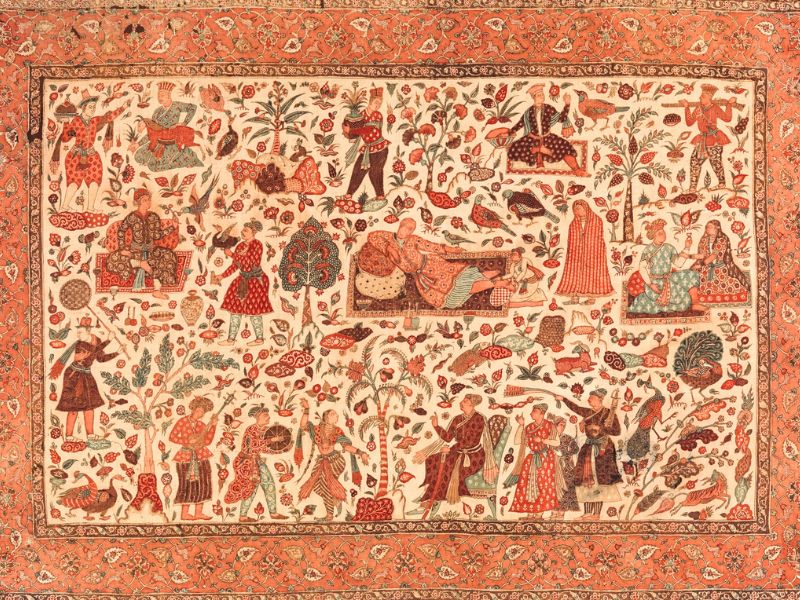Mandala Art: Unveiling the Symmetry of the Soul

Introduction
Mandala art is a mesmerizing and ancient form of creative expression that has transcended time and culture. Rooted in rich historical traditions and revered for its numerous psychological and spiritual benefits, the mandala is a captivating art form that continues to inspire and intrigue individuals across the world.
Historical Roots
The word “mandala” derives from the ancient Indian language of Sanskrit and translates to “circle.” Mandala art has a history that spans millennia, with origins in various cultures and religions. In its most basic form, the mandala is a geometric design comprising a central point surrounded by symmetrical patterns radiating outward. It has been used in Hinduism, Buddhism, and Tibetan culture for spiritual and meditative purposes, symbolizing the universe, the self, and the interconnectedness of all things.
Cultural Significance
In Tibetan Buddhism, sand mandalas are created by monks in an intricate and painstaking process, only to be ritualistically dismantled upon completion, illustrating the impermanence of all things. In Hinduism, mandalas are used as spiritual symbols, with the center representing the divine and the radiating patterns symbolizing the expansion of consciousness.
Meditation and Relaxation
One of the most profound benefits of mandala art is its therapeutic qualities. Engaging in the creation of a mandala can be a meditative and calming experience. Focusing on intricate patterns and symmetrical designs helps individuals achieve a sense of inner peace, reduce stress, and attain a state of mindfulness. The repetitive, rhythmic motions required for mandala art can have a soothing effect on the mind, making it an ideal tool for relaxation.
Self-Expression and Creativity:
Mandala art offers an outlet for personal creativity and self-expression. As individuals design their own mandalas, they can incorporate personal symbolism, colors, and patterns, allowing for a deep exploration of their inner selves. This process fosters a sense of self-discovery and self-acceptance, as well as an avenue for artistic expression that is accessible to all, regardless of prior artistic experience.
Healing and Therapeutic Applications
Mandala art therapy has been widely used in clinical settings to aid individuals in processing emotions, trauma, and mental health challenges. Therapists often employ mandala-making as a tool to encourage self-awareness and as a means of promoting emotional healing. The act of creating a mandala can help individuals connect with their subconscious, confront unresolved issues, and facilitate a journey toward emotional well-being.
Unity and Wholeness
The very essence of the mandala is its interconnectedness and balance. Creating and contemplating mandalas can help individuals perceive the unity and harmony in life and the world around them. This art form can remind us of the balance needed in our own lives and encourage a holistic perspective that embraces both the chaotic and the tranquil.
In conclusion, mandala art is a profound and ancient form of expression that continues to captivate people worldwide. Its historical significance, therapeutic benefits, and power to inspire creativity make it a valuable tool for self-discovery, relaxation, and spiritual exploration. Whether used as a form of artistic expression, meditation, or therapy, the mandala remains a symbol of harmony and unity, inviting individuals to connect with their inner selves and the broader universe.

